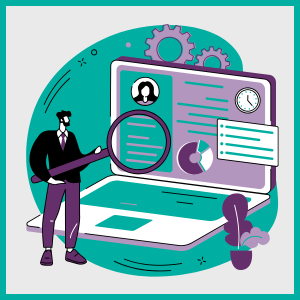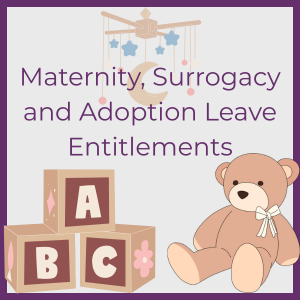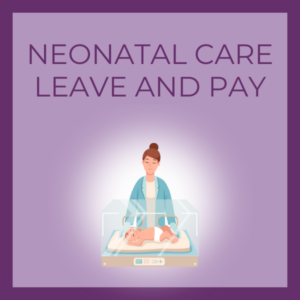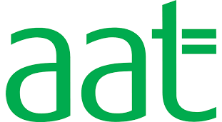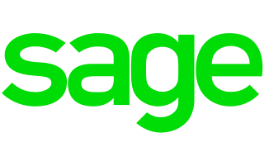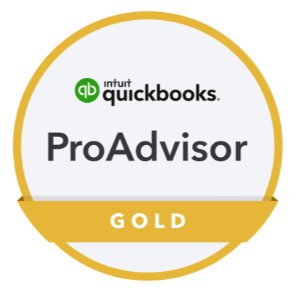Ninety-six pounds a week, for up to 28 weeks – employers have a legal duty to provide at least this statutory level of sick pay (SSP) to any employee that takes sick leave. Pre-covid, the costs of sick pay were always covered by the employer and could not be claimed back. This changed in May 2020 when HMRC introduced the Coronavirus Statutory Sick Pay Rebate Scheme (CSSPRS) which entitled employers to claim back from the government any SSP paid to an employee for reasons relating to Coronavirus.
However, along with the easing of restrictions, the CSSPRS is being phased out, and you can now only claim for people who were off work on or before 30 September 2021. For employers who haven’t already done so, it’s a good idea to claim back the costs as soon as possible, while the scheme is still open. We’ve put together this guide to reclaiming statutory sick pay to help you decide if you are eligible for the scheme and explain how to make a claim.
Who is eligible to receive a sick pay rebate?

The CSSPRS was designed for small to medium businesses, meaning that large companies and corporations are not eligible to claim back any SSP. HMRC has defined a small to medium business as one with:
- Less than 250 employees across all your PAYE payroll schemes before 28th February 2020
You must also:
- Have a PAYE payroll scheme that started before 28th February 2020
- Have already paid your employees the sick pay you are claiming for
If you are an employer who pays more than the statutory amount of sick pay, you can only claim for the statutory amount – anything paid in excess will be covered by you.
What type of absences can you claim for?
Under the CSSPRS, only SSP relating to coronavirus can be claimed for. The reason for sick leave must fit one of the following criteria:
- Employee received a positive test for Coronavirus
- Employee had a suspected case of Covid-19, where they had symptoms of coronavirus and was self-isolating
- Employee had to self-isolate because someone they live with had symptoms or tested positive
- Those shielding due to being clinically vulnerable
- Employee was contacted by track and trace and told to isolate
- Employee isolating before a surgery or hospital procedure
It’s worth noting that you cannot claim back SSP paid to an employee who had to isolate for two weeks after being abroad.
Can I only claim for full-time contracted employees?
No, the CSSPRS covers all types of employment contracts, including:
- Full-time employees
- Part-time employees
- Agency contracts
- Flexible or zero-hour contracts
- Fixed term contracts
Records you need to keep
If you think you might be eligible to make a claim for a SSP rebate, you can make a claim online at gov.uk. You can claim for multiple employees and claim periods at the same time, but you’ll need a record of the circumstances of every absence:
- Dates employee was off sick – the claim period
- Which days in the sick period were qualifying days (days the employee usually works)
- The reason for sick leave (must be Covid-related – but you don’t need to provide a doctor’s note)
- Employee’s national insurance number
In order to complete the claims process, you’ll also need to know:
- The total amount of sick pay you’re claiming back – this cannot exceed two weeks of the set SSP rate
- Your Government Gateway user ID and password. You would have received this when you registered for PAYE Online
- Your employer PAYE reference number
- A contact name and phone number, which will be used if there are any queries about your claim
- Your UK bank or building society account details (only provide account details where a BACS payment can be accepted)
- The address linked to your bank or building society account
If you need any further advice on how to make a claim under the CSSPRS, or would like to talk through any other bookkeeping concerns, we’re always happy to help. Give us a call on 01892 559480, or get in touch via our online contact form, and one of our friendly team will get back to you.
